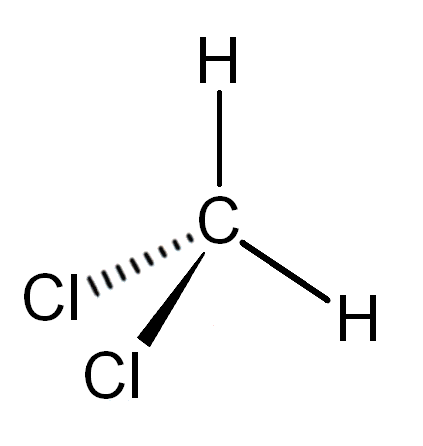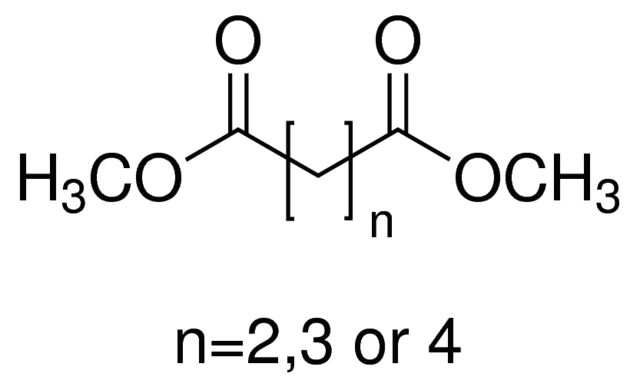Its SAFER & its EASY to USE
Call us on 1300148442

How Paint Strippers Work
There are a number of different types of Paint
Stripper. The more effective ones also tend to be the more
dangerous ones with the exception of the Lemon Peel type of solvent
based stripper. There are a number of other solvent based
strippers which vary considerably in efficacy from quite good to almost
useless. (Any solvent, even water, will have some effect on a paint
system.)
Caustic

Caustic Paint Strippers use a strong alkali
(usually caustic soda, or more correctly sodium hydroxide) to chemically
destroy the chemicals that the paint is made up from.
This means that the strong chemical attacks the linkages between
the molecules of the paint.
Apart from the health risks, the major draw back of caustic paint
strippers is the necessity of neutralizing the remaining caustic
material on the work piece.
Disposal of the material after use is difficult.
Solvent based paint strippers.
There are many solvents which will degrade paints.
Most work by dissolving the susceptible
components of the paint, leaving it weakened and poorly attached to the
surface.
It is then able to be scraped off.
A few solvents have added activity or are
better at dissolving components of the paint. In
many cases they evaporate rapidly and are very flammable.
Many solvents have undesirable side
effects such as explosions, fire, toxicity, are difficult to clean up and or
cause environmental damage.
This considerably reduces the number which
can be considered. Examples are Acetone, toluene, & methanol.
Methylene Chloride (Dichloromethane)

Methylene Chloride's volatility and ability to dissolve a wide range of
organic compounds make it very useful as a paint stripper.
The molecules small size contributes to its ability to penetrate
coatings and dissolve portions of the paint.
Methylene Chloride based strippers cause the paints to show
bubbling, crinkling and lifting and because they are not water miscible,
can be difficult to clean off the timber after the paint has been
removed. It is a non polar
solvent, so it does not mix readily with water. Some studies say
that Methylene Chloride when inhaled is metabolised to Carbon Monoxide
and that that has lead to the death of some users.
Dimethyl Sulfoxide

Dimethyl sulfoxide is an organosulfur compound which in its liquid form is an important aprotic solvent. It dissolves both polar and non-polar compounds and is quite useful as a paint dissolver (and so paint stripper).
Dimethyl sulfoxide is a low toxicity solvent which is less toxic than ethanol (vodka). How-ever in Australia it is listed as a Schedule 4 (Prescription Only) drug. Strong allergic reactions have been reported. It is thought to interact badly with a variety of common medicines including blood thinners, heart medicines, and sedatives. It has been reported as a developmental neurotoxin.
Dibasic Esters

CH3OOC(CH2)4COOCH3
CH3OOC(CH2)3COOCH3
CH3OOC(CH2)2COOCH3
Dibasic Esters soften paint to a paste like consistency which will
minimise damage to the surface when it is scraped off.
They take quite a long time (more than 24 hours in many cases) to
be effective.
Lemon Peel - NMP and D-Limonene

N Methyl 2 Pyrrolidone ( NMP ) penetrates the paint and causes it to swell up. The swelling stretches the paint film and weakens it and also weakens the paint layers adhesion to the underlying surface. It does this due to having a small molecule which has just the right shape and electrical charge to easily pass into the microscopic holes between the paints constituent molecules. (It is the authors view that this is in part osmotic). They also can be said to dissolve the paint and the bond between the paint and the substrate. Some combinations of paint stripper chemicals display synergy, that is the effect of the two components is greater than what would be obtained by either alone. Some-how they aid each other and together become more powerful. The D-Limonene NMP combination is a syngeristic combination much favoured by graffiti removal companies to remove who knows what from what ever surface it has been applied to. D-Limonene has a citrus smell and it is very often refined from citrus fruit skins. It is used in a wide range of products including cosmetics and hand cleaners. N Methyl 2 Pyrrolidone is a polar aprotic, low vicosity liquid. NMP is used as a drug solubilizer for oral and transdermal drugs by the pharmaceutical industry.
